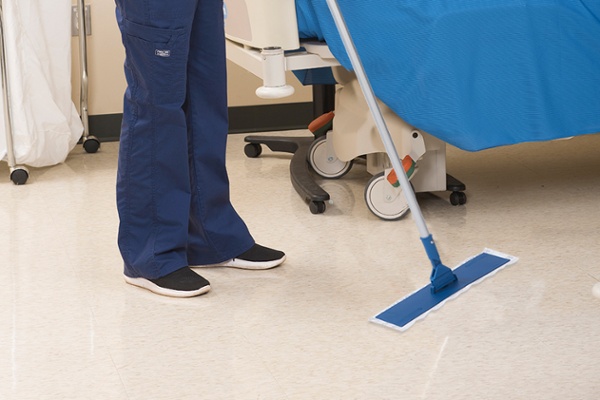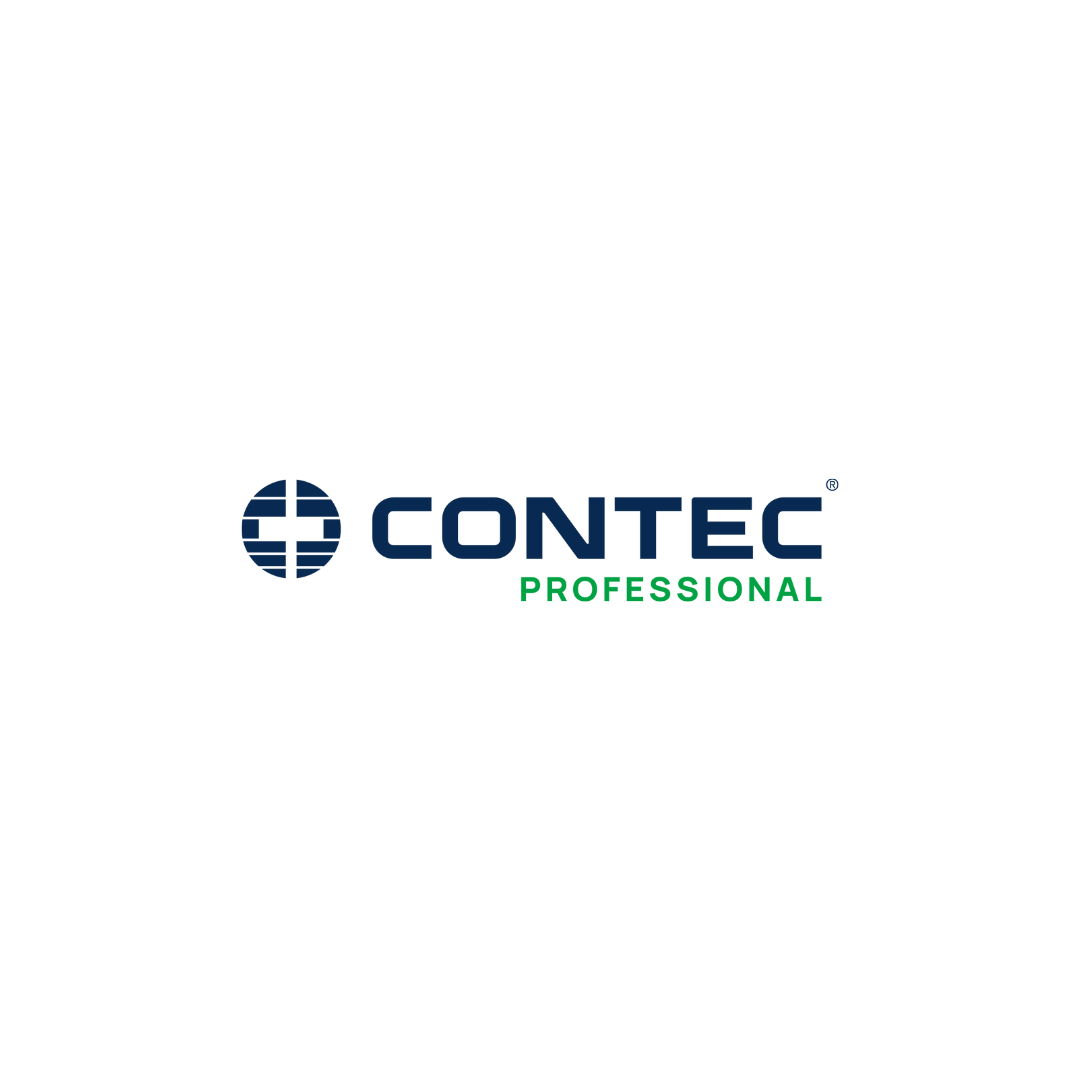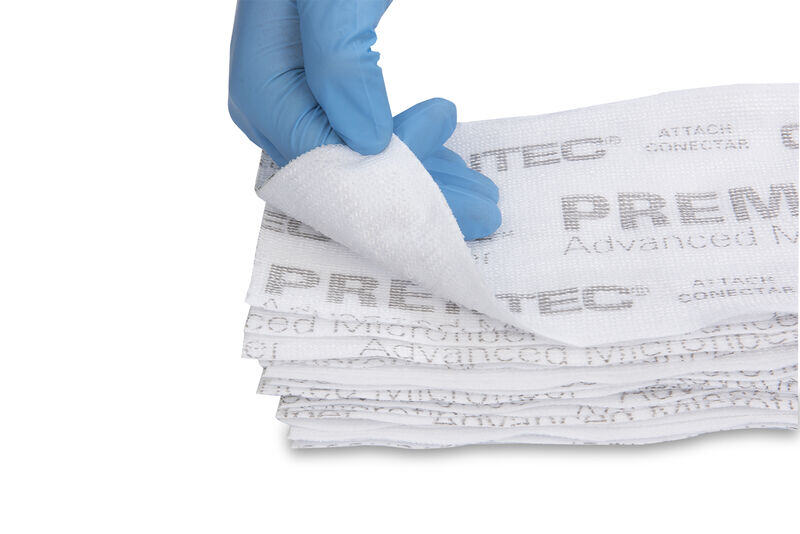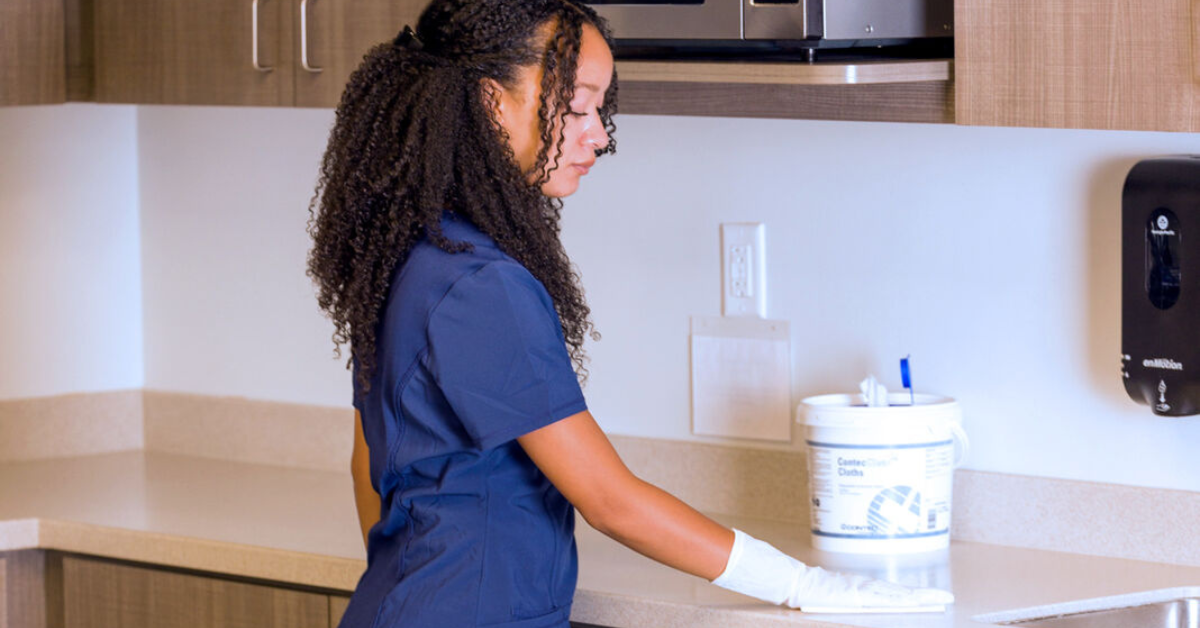Healthcare-associated infections (HAIs) are a formidable opponent in acute care facilities, posing serious health risks to patients and challenges to healthcare providers. As unsung heroes in the fight against these invisible threats, Environmental Services (EVS) workers play a crucial role.
Proper training and ongoing education are paramount in empowering these dedicated professionals to maintain environments that not only look spotless but are correctly cleaned and disinfected to prevent the spread of infection. There are several effective strategies acute care facilities can follow to equip their EVS teams in the battle against HAIs.
Understanding HAIs: The Invisible Enemy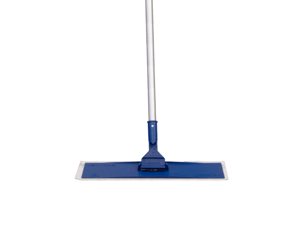
Healthcare-associated infections are infections that patients acquire while receiving treatment for other conditions within a healthcare setting. These infections can be caused by a wide array of pathogens, including bacteria, fungi, and viruses. The Centers for Disease Control and Prevention (CDC) estimates that on any given day, about one in 31 hospital patients has at least one HAI. The repercussions of these infections can be severe, ranging from prolonged hospital stays to increased mortality rates, not to mention the significant financial burden on the healthcare system.
To combat HAIs effectively, EVS workers must understand the nature of the pathogens they are up against. Training programs for cleaning staff should include an overview of how infections spread and how cleaning helps break the chain of infection. This understanding enables EVS staff to appreciate the importance of their role and the impact of their actions.
Best Practices in Cleaning and Disinfection
EVS workers frequently are the frontline defense in maintaining a hygienic environment. Their work goes beyond surface cleaning; it involves processes to eradicate pathogens that contribute to HAIs. To achieve and maintain a consistent level of ideal cleanliness, acute care facilities should provide comprehensive training on best practices, including
- Proper Use of Disinfectants: Workers need to read disinfectant labels to understand required contact times and efficacy against different pathogens. Training should cover the correct dilution ratios, application methods, and the importance of dwell time to ensure the effectiveness of these agents. Some disinfectants require several minutes to work, despite common television commercials showing people swiping immediately after spraying. If a contaminated surface is wiped off too quickly after a disinfectant is applied or the disinfectant dries before proper dwell time is achieved, pathogens may remain behind. Using an incompatible textile can also nullify a chemical’s effectiveness. For example, quaternary ammonium chloride (quat) is a common active ingredient in many disinfectants. Quats get absorbed by cotton or natural fibers, a process called “quat binding”, thereby neutralizing the power of the disinfectant. Knowing what active chemicals are being used is important. First aid information, personal protective equipment (PPE) requirements, and other valuable information are also listed on disinfectant labels.
- Cross-Contamination Prevention: EVS staff should be trained in techniques to prevent inadvertently moving pathogens from room to room as they clean. Contec Professional experts strongly advise against using laundered microfiber mop pads and wipes when cleaning acute care facilities. One of the benefits of microfiber over regular fibers is its incredible “grab and hold” ability. Unfortunately, that ability benefit can become a detriment if the microfiber isn’t properly laundered, leaving behind debris and worse even after washing. Using single-use microfiber mops, wipes, and dusters helps eliminate any confusion over a tool’s sanitation. Besides side-stepping cross-contamination possibilities, single-use microfiber products can help EVS teams achieve a deeper, more consistent level of cleanliness. Learn more about our Premira® Disposable Microfiber Mop Pads.
- Targeted Cleaning Protocols: Studies have shown that unwashed hands are one of the most common ways that pathogens move from person to person. High-touch surfaces such as door handles, bed rails, and light switches are hotspots for germ transmission. EVS workers who are trained to identify and prioritize these areas disinfect them more regularly and thoroughly. Elevator buttons and chair armrests are examples of high-touch surfaces in a lobby, while payment kiosks, refrigerator handles, and tables could feature in cafeterias or breakrooms. Treatment rooms may require different cleaning protocols based on potential biohazard risks. EVS staff should know who to ask or where to find procedures. Training should be updated regularly to incorporate new additions or changes to a healthcare facility to ensure the best cleaning practices are being followed.
Empowering Through Technology and Teamwork
The battle against HAIs isn't just about chemicals and tools; it's about leveraging technology to foster a positive team-centric approach. Here are a few ways acute care facilities can support their EVS staff:
- Use Innovative Cleaning Technologies: Choosing a lightweight, ergonomically friendly system like the ZeroGravity™ Mopping System can help reduce fatigue and improve performance. Introduce EVS workers to Contec Professional’s wipe products including ContecClean™ Cloth BLUE which were designed for optimal disinfectant application. Listen to feedback from cleaning teams and consider investigating new options.
- Interdepartmental Collaboration: Encourage collaboration between EVS staff and other healthcare professionals. When EVS workers are included in infection control discussions and planning, they can provide valuable insights and feedback on practical aspects of maintaining a clean environment.
- Recognition and Rewards: Highlight the vital work of EVS teams by including them in corporate recognition programs. This not only boosts morale but also reinforces the importance of their role in patient safety and infection prevention. Also, consider participating in national events such as National Cleaning Week in March or EVS Appreciation Week in September.
HAIs present a significant challenge to healthcare facilities, but well-trained and empowered EVS workers can be a formidable force in preventing these infections. By investing in their education, leveraging cutting-edge technologies, and fostering a culture of teamwork and recognition, acute care facilities can enhance their cleanliness. This provides safer environments for patients and staff alike. As the challenge of HAIs evolves, EVS workers will be at the forefront of guarding health. Equip them with the knowledge, tools, and support they need to succeed in this critical mission.
Learn more about how Contec Professional can help here.

